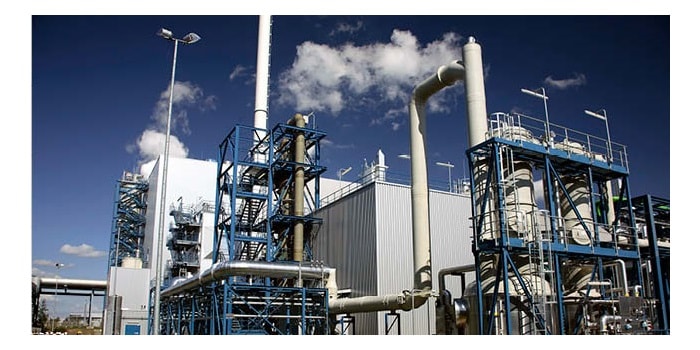Material Selection Guide for Sour Service
Material Selection Guide: Sour Service
Understanding the Effects & Risks of Sour Service
Fluid systems that process sour gas contain hydrogen sulfide (H2S) which is known to be corrosive, flammable, and toxic. Corrosion can push alloys to their limit and contribute to sulfide stress cracking, significantly reducing the strength of the metal. Higher-strength carbon steel and low-alloy steels are prone to SSC, which can lead to system failure making it costly for your company, and dangerous for operators.
Learn More About Sulfide Stress Cracking
Materials that are Compliant for use in Sour Gas Applications
When selecting material, such as stainless steel, it is important to consider the nickel and chromium content in stainless steel as it is not completely immune to chloride-ion induced stress corrosion cracking (SCC), so understanding the materials available to help you control corrosion, is also important.
Understanding the Science Behind Your Material
Understanding the application pressure, temperature, chloride concentration, pH, and H2S partial pressure can help when selecting materials for your sour service application. Some key factors to consider when selecting materials are the corrosive threats from operating conditions, the materials compatibility to these threats, and access for maintenance and repair. Furthermore, you can learn how to select optimal materials based on pressure and temperature ratings, corrosive threats, and compliance with proper training.
Inquire Today about Material Selection Training



